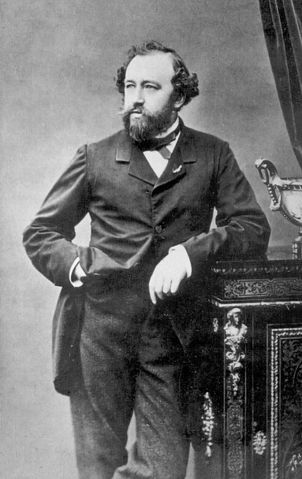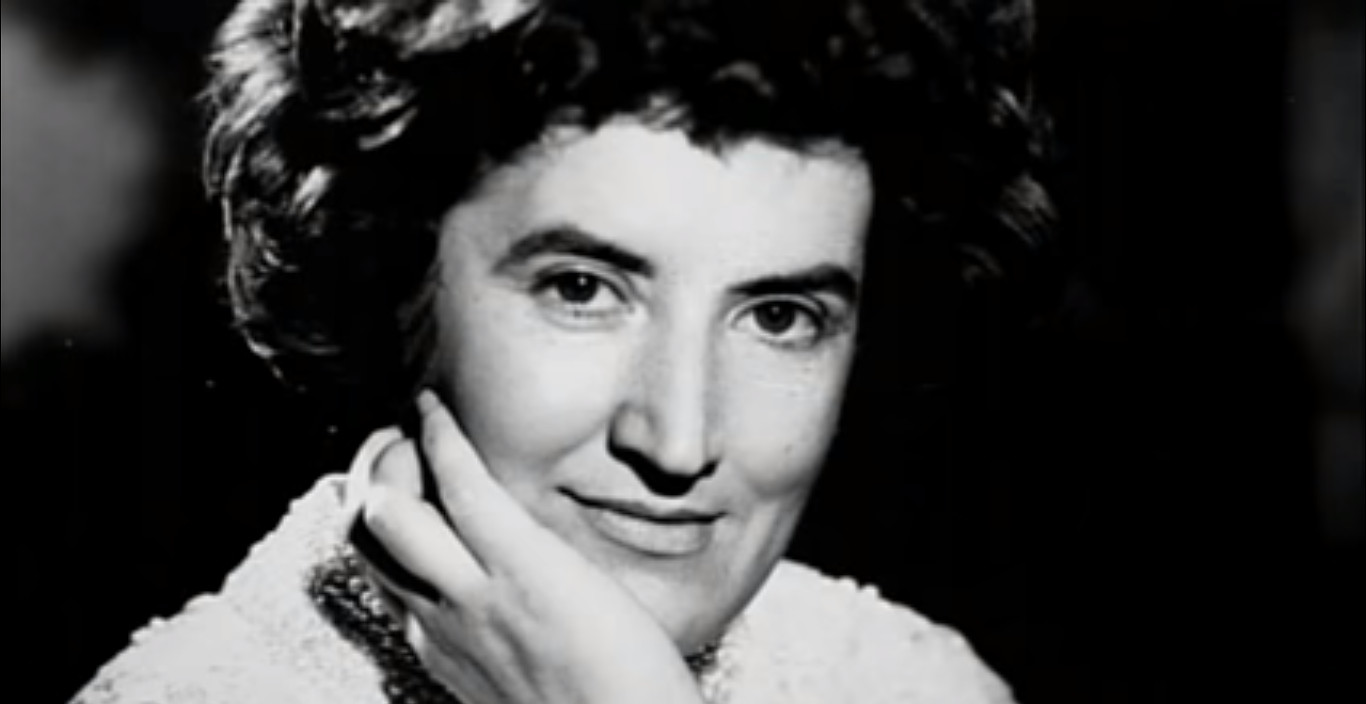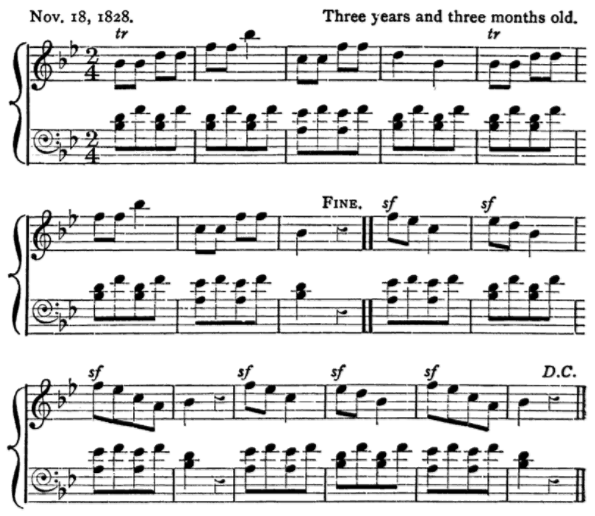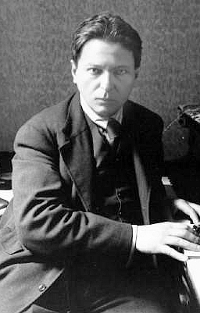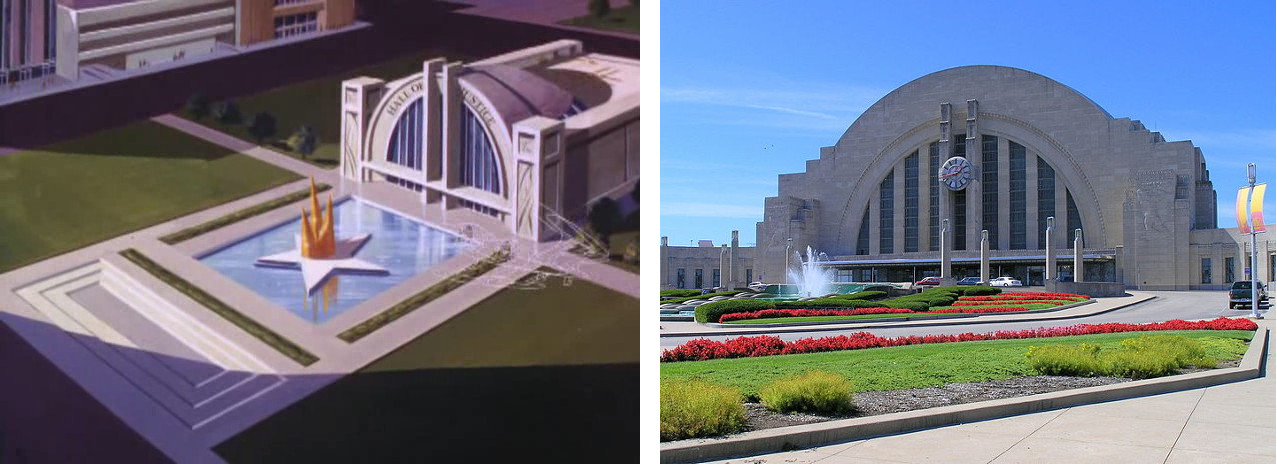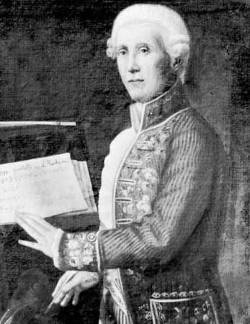
At his death in 1794, Czech composer František Xaver Pokorný had written more than 160 symphonies, concertos, serenades, and divertimentos. But more than half of them were then reattributed to other composers. The culprit was apparently Theodor von Schacht, a competing Regensburg composer who may have been jealous of Pokorný’s large output. After Pokorný’s death it appears that Schacht went through more than half his compositions, systematically removed Pokorný’s name, and inserted the name of another composer who he thought might not find out. He assigned most of the pieces to composers whose names began with A or B, which suggests that Schacht might have intended to eradicate Pokorný’s name entirely.
It wasn’t until the early 1960s that musicologists Jan la Rue and J. Murray Barbour uncovered this strange crime and Pokorný was given proper credit. “It would seem as if Baron von Schacht had been galled by the fact that his lowly colleague (the name ‘Pokorny’ means ‘humble’) had written six or seven times as many orchestral works as he had himself,” Barbour wrote. “So, after Pokorny’s death, he had tried to bring him down to his level by falsifying … 109 works. This is a most extraordinary piece of jealousy and arrogance. But, after all, he almost did get away with it!”
(J. Murray Barbour, “Pokorny Vindicated,” Musical Quarterly 49:1 [January 1963], 38-58.)

